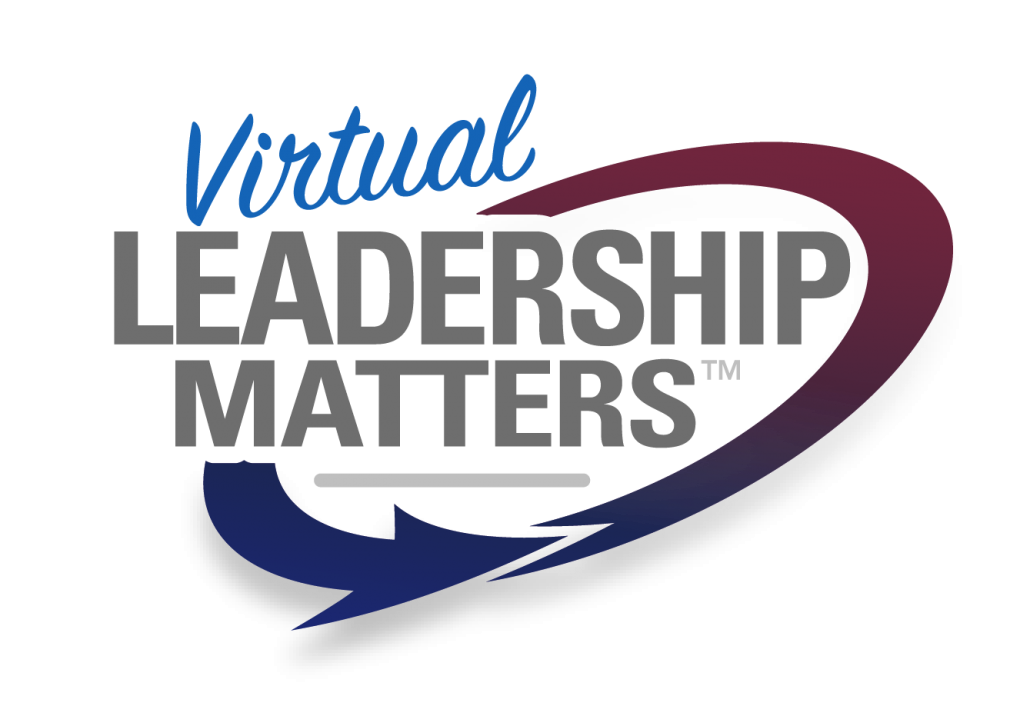Building Relationships in Virtual Environments
Building healthy and productive relationships with co-workers is an essential aspect of managing employee performance. Nurturing a better professional relationship will make it easier to manage people remotely and achieve desired outcomes. The landscape of developing these relationships has changed as more employees continue to work remotely. In this blog we will discuss the key differences between building relationships remotely versus in person. Next, we will explore actionable steps you can use today to better develop your professional relationships with your employees working from home.
Building Relationships In-Person vs Remotely
Let us begin by discussing the differences between building relationships with employees remotely versus in person at the office. The first difference is the regular occurrence of spontaneous encounters between colleagues that work in the same office building. This can occur while walking past each other in the hallway, meeting in common areas such as the lunchroom or simply dropping by a colleague’s office for a quick word. These mini-interactions compound overtime and progressively help develop interpersonal relationships between coworkers. These spontaneous interactions are more difficult or not possible when working remotely. As a result, employees may feel less connected to their remote team, their boss or their company when working from home.
Another difference that impacts building relationships remotely versus in person is scheduling. Colleagues have a more common schedule when working in the same building compared to working separately from home. This is because working from home offers more flexibility and autonomy over how employees go about their workday. For example, a parent working full time in the office will schedule activities with their family later in the evening when they come back from work. However, when working from home they may choose to schedule some quality time with their family during the day and work later in the evening. The disparity between work schedules in a remote team can hinder communication. You may call a colleague only to go to voice mail because they have adjusted their lunch or discover multiple emails that arrive in the morning because a co-worker was working later in the evening. To mitigate these challenges, managers would be better served to set up a schedule with predetermined times to check in with their employees.
Connecting with Employee’s Remotely
A check-in can begin by discussing with your employee what a successful week looks like while working from home. Once this outline of the week is created, identify times throughout the week for each check-in. Include your employees in the process of setting these meetings to accommodate a degree of autonomy for the employee’s scheduling strategy and to avoid any differences in your schedules. These check-ins can be as brief as 10-15 minutes while still providing enough time to address key issues and build a professional relationship.
The next step is to structure these scheduled interactions in a way that builds the relationship and helps employees succeed. One common mistake some managers make is to focus solely on verifying that assigned tasks have been completed. Establishing accountability is important, however it may not contribute very much to building the relationship. Checking up on employees too frequently can be taken as a sign of mistrust by those you manage. As a result, your relationship may actually weaken over time. The difference can be as simple as focusing on checking in as opposed to checking up.
Check-ins go beyond simply having employees account for their activities during the time since you last spoke to them. It is more important to ensure they are achieving outcomes as opposed to keeping busy. Building a strong relationship will build commitment to the desired expectations and outcomes. When you check-in, connect with the intention of building the relationship rather than just demanding accountability. During check-ins, go beyond work topics and inquire into other areas. This might involve asking about their family, their hobbies outside of work or something as simple as their favourite sports team. Inquire into what is happening for them on a personal level rather than what they have been doing for you as your subordinate.
Check-ins should also include finding ways to help your employee succeed. Deliberately inquire into what obstacles your employees are currently facing in their assigned work and explore possible solutions together. Additionally, seek to discover tasks/areas of work your employee has an innate interest in. Look for opportunities to assign work that they naturally find more interesting. Doing so will often increase the employee’s enjoyment and productivity.
This approach was used successfully by one of our clients and resulted in a 50% increase in the output of two employees. Our client worked in a financial services company and was managing two employees that worked remotely. After some discussion regarding the value of identifying each employee’s interests in the work they do, the manager connected virtually with the employees to explore their level of interest in their assigned work. Our client soon discovered that each employee had an innate interest in the other’s tasks. By simply swapping the roles and tasks between the two employees, output was dramatically increased. This change was only possible after the manager made a deliberate effort to listen to their employees and discover opportunities to help them succeed.
Key Insights
Investing in building relationships with your employees will not only improve your ability to manage remotely but also increase the output of your employees. Managing in a virtual environment does not allow for spontaneous interactions so it is the responsibility of the manager to set deliberate times to connect their employees. Check-in on how your employees are doing, rather than just what tasks they have completed. Discover their interests and look for opportunities to assign roles and tasks in accordance with their interests where possible. It is helpful to approach each conversation with the goal of being “soft on style” without being “soft on expectations”. Frequent check-ins will build over time and help develop productive professional relationships.
The Author
David Town, CHRL, ACC, is a facilitator and coach of leadership and management principles that enable individuals and organizations to build greater leadership competency, resulting in higher performance and higher employee engagement. David has a particular focus on effective leadership of virtual teams. David is a member of the Human Resources Professionals Association (HRPA), the International Coaching Federation (ICF) and is Co-Founder and Principal of Virtual Leadership Matters Inc.



